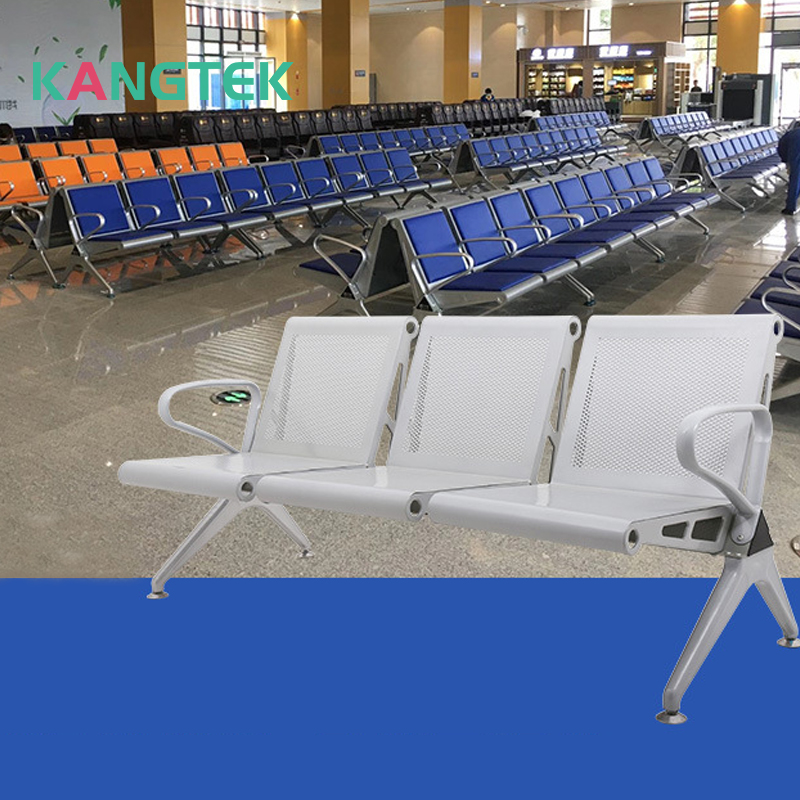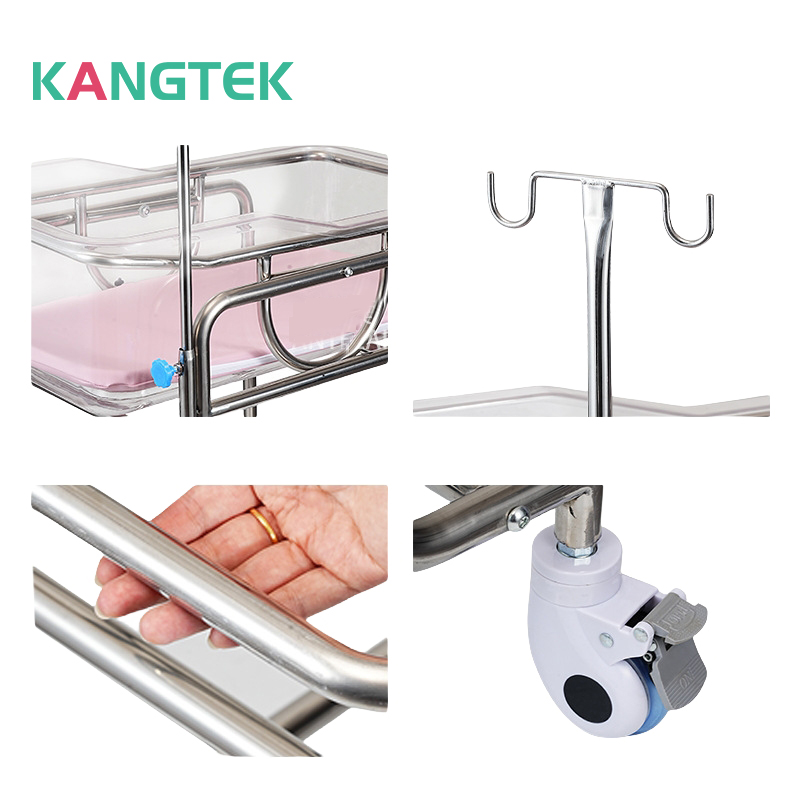Installing medical furniture requires precision and attention to detail to ensure the safety and functionality of healthcare environments. Whether it's setting up examination tables, hospital beds, or specialized equipment, following a systematic approach is crucial. In this guide, we'll walk through the essential steps to properly install medical furniture.
Step 1: Planning and Preparation
Before diving into the installation process, thorough planning is necessary. Begin by reviewing the layout and design of the healthcare facility to determine the optimal placement of furniture pieces. Consider factors such as patient accessibility, workflow efficiency, and compliance with regulatory standards.
Gather all necessary tools and equipment required for the installation. This may include basic hand tools like screwdrivers, wrenches, and drills, as well as specialized equipment for assembling complex medical furniture.

Step 2: Unpacking and Inspection
Carefully unpack each piece of medical furniture, taking note of any damage or defects. Verify that all components and hardware are present and accounted for according to the manufacturer's instructions. Inspect the furniture for any signs of shipping damage and report any issues to the supplier or manufacturer promptly.
Step 3: Assembly
Follow the manufacturer's assembly instructions step by step to ensure proper construction of the medical furniture. Pay close attention to details such as fastening hardware, alignment of components, and proper tightening of screws and bolts.
If assembling complex or specialized equipment, consider consulting with technical support or manufacturer representatives for guidance. Some medical furniture may require professional installation to ensure optimal performance and safety.

Step 4: Placement and Positioning
Once assembled, carefully move the medical furniture into its designated location within the healthcare facility. Ensure that the placement adheres to safety regulations and allows for adequate clearance around the furniture.
Consider factors such as accessibility for patients and healthcare providers, proximity to other equipment or fixtures, and ease of maintenance and cleaning.
Step 5: Testing and Calibration
Before putting the medical furniture into service, thoroughly test its functionality to ensure proper operation. For adjustable or electronic equipment such as hospital beds or examination chairs, verify that all moving parts function smoothly and that electronic controls are responsive.
Calibrate any adjustable features according to the manufacturer's specifications to ensure accurate positioning and operation. Conduct comprehensive testing to identify any potential issues or malfunctions before putting the furniture into use.
Step 6: Documentation and Training
Document the installation process, including assembly instructions, inspection reports, and any relevant certifications or compliance documentation. Keep detailed records for future reference and maintenance purposes.

Provide training to healthcare staff on the proper use and maintenance of the installed medical furniture. Emphasize safety protocols, cleaning procedures, and guidelines for adjusting and operating the equipment effectively.
Installing medical furniture requires careful planning, precise execution, and thorough testing to ensure the safety and functionality of healthcare environments. By following these step-by-step guidelines, healthcare facilities can ensure that their furniture is installed correctly and ready for use in providing quality patient care.

